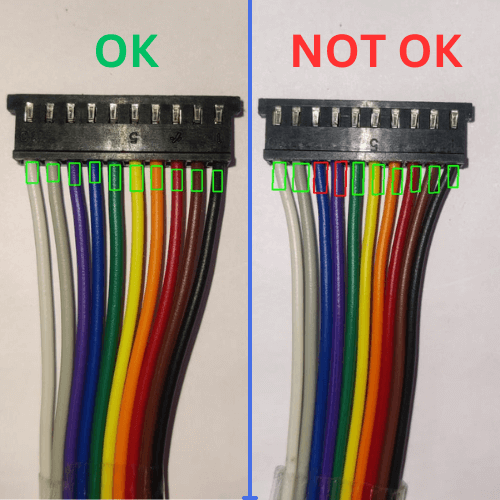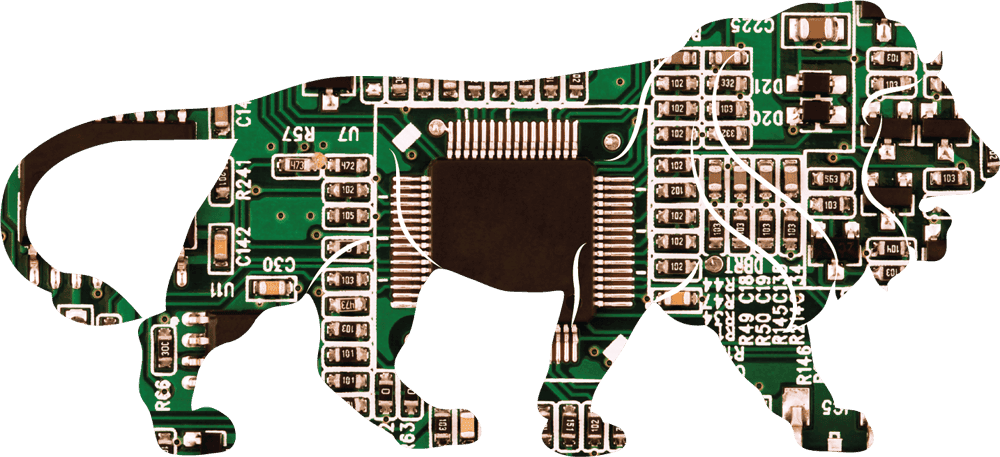Machine Vision
Using Machine Vision for Wiring Harness Testing and Assembly

Machine vision, also known as computer vision, is the ability of machines to interpret and understand visual data from the world around them. It is a field of artificial intelligence that uses algorithms and deep learning techniques to enable machines to "see" and "understand" the environment in which they operate. The applications of machine vision are wide-ranging and have the potential to revolutionize many industries. From self-driving cars and industrial automation to medical imaging and security surveillance, machine vision is rapidly becoming an indispensable technology. One of the key areas where machine vision has been applied is in manufacturing and industrial automation. With machine vision, robots and other machines can be programmed to recognize and distinguish between different types of objects and materials, and perform complex tasks such as quality control, assembly, and inspection with greater accuracy and efficiency. This can lead to significant cost savings and increased productivity for manufacturers. In the healthcare industry, machine vision is being used for medical imaging and diagnosis. Machine learning algorithms can be trained to analyze medical images and identify abnormalities, enabling doctors to make more accurate diagnoses and improve patient outcomes. In addition, machine vision is also being used for non-invasive monitoring of vital signs, such as heart rate and respiration, which can help detect early signs of disease or illness. Another important application of machine vision is in the field of autonomous vehicles. Self-driving cars rely on machine vision to "see" the road and identify obstacles, pedestrians, and other vehicles. Machine vision algorithms can also be used to detect and analyze road signs, traffic lights, and other important information, enabling autonomous vehicles to make intelligent decisions and navigate safely. Machine vision also has applications in the field of security and surveillance. Video cameras equipped with machine vision algorithms can be used to identify and track individuals, detect suspicious behavior, and alert security personnel to potential threats. In addition, machine vision can also be used for facial recognition and other biometric identification technologies. Despite its many benefits, machine vision still faces a number of challenges. One of the main challenges is the need for large amounts of high-quality data to train machine learning algorithms. In addition, there are also concerns around privacy and security, particularly in the context of facial recognition and other biometric technologies. In conclusion, machine vision is a rapidly advancing technology with wide-ranging applications across many industries. With continued research and development, it has the potential to transform the way we live and work, making our world safer, more efficient, and more intelligent.
